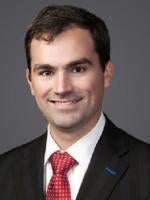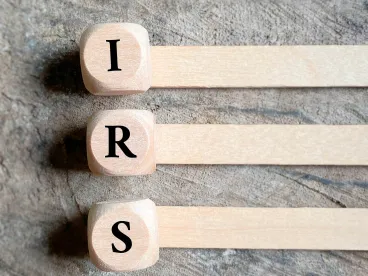To the relief of plan sponsors everywhere, the Internal Revenue Service (IRS) recently issued Notice 2023-62, which provides guidance on the requirements of Section 603 of the SECURE Act 2.0 of 2022 relating to catch-up contributions. Specifically, Section 603 otherwise requires that catch-up contributions for certain highly compensated individuals be made on a Roth basis, effective January 1, 2024. This article summarizes the key provisions of Section 603, and discusses the relief provided by the notice.
Quick Hits
- IRS guidance delays the requirement to make catch-up contributions on a Roth basis to qualified retirement plans for certain highly compensated individuals.
- The IRS is providing a two-year administrative transition period to address plan sponsor concerns, where catch-up contributions will be treated as satisfying Section 603, even if they are not designated as Roth contributions.
- Section 603 does not provide an absolute prohibition on catch-up contributions.
Section 603
Section 603 provides that a plan participant whose wages for the prior year exceed $145,000 (adjusted for cost-of-living in future years) must have catch-up contributions made to a plan on a Roth basis only—no pre-tax option is available. This requirement applies to plans qualified under Internal Revenue Code (Code) Section 401(a) (such as a Section 401(k) plan), Section 403(b) plans, and Section 457(b) plans sponsored by governmental employers. Section 603 also (inadvertently) amended a section of the Code that could be read as eliminating the ability to make catch-up contributions entirely. Prior to Notice 2023-62, the changes required by Section 603 would have gone into effect on January 1, 2024.
Notice 2023-62
The IRS issued Notice 2023-62 in order to address concerns raised by plan sponsors in administering various provisions of the SECURE Act 2.0. (There are far more administratively complicated provisions of the SECURE Act 2.0, and it is possible that the IRS prioritized Section 603 due to its rapidly approaching required effective date of January 1, 2024.) Specifically, the notice provides:
- Notwithstanding the (inadvertent) deletion of a certain Code provision, Section 603 does not provide an absolute prohibition on catch-up contributions.
- A two-year administrative transition period to address plan sponsor concerns, where catch-up contributions will be treated as satisfying Section 603, even if they are not designated as Roth contributions (including catch-up contributions made within plans that do not allow Roth contributions at all). This notice effectively delays the required implementation of Section 603 until January 1, 2026.
Additionally, the notice announces that the IRS intends to issue additional guidance relating to Section 603, including guidance clarifying that Section 603 would not apply to a participant who had no wages from the employer sponsoring the plan in the immediately preceding year, providing that employers may treat an employee with a pre-tax election as having a Roth deferral election for catch-up contributions if subject to Section 603, and providing guidance for determining a participant’s wages in the context of multiple employer and multiemployer plans. (Sadly, the notice does not appear to provide any commentary as to why the U.S. Congress decided to require employers to track another compensation threshold of $145,000 instead of, for example, simply referring to the already-existing Code section defining “highly compensated employees,” which is $150,000 for 2023.)
Conclusion
The IRS has asked for comments in response to the notice, so it is possible that final guidance may differ somewhat, and hopefully will provide additional clarification on outstanding items. In the meantime, plan sponsors are permitted to delay implementing the requirements of Section 603 if they are finding the associated administrative issues to be burdensome.





 />i
/>i

